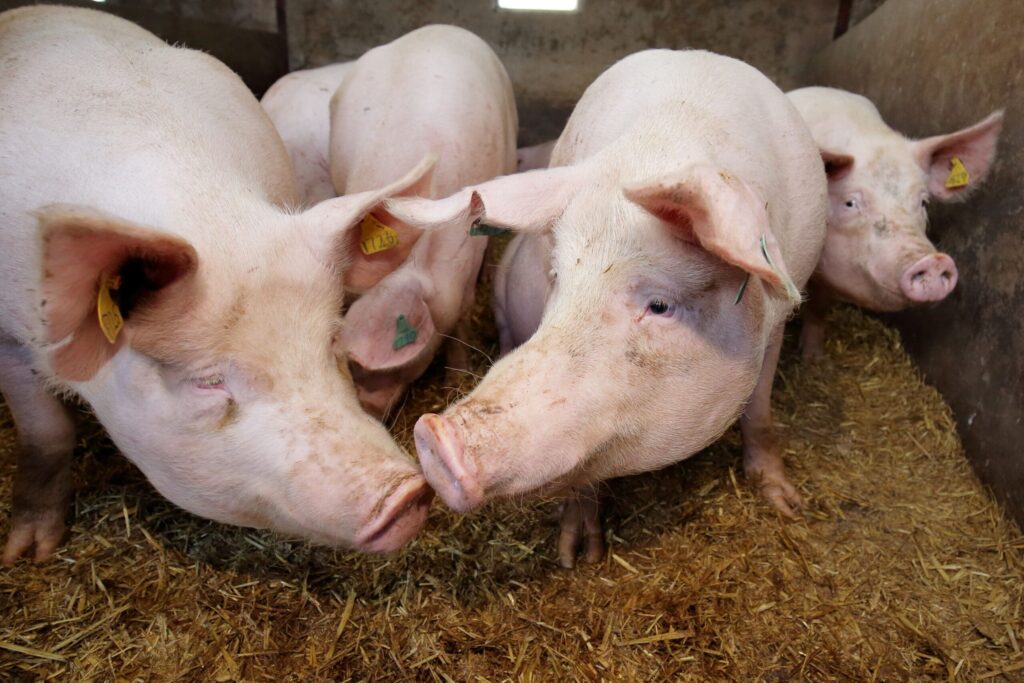Proposals for a Nutrient Action Programme (NAP) have the potential to destroy the future of pig farming in Northern Ireland, with slaughter numbers plummeting to a quarter of current levels in 2026, the Ulster Farmers’ Union has warned.
DAERA Minister Andrew Muir launched a public consultation in May on the NAP for 2026 to 2029. The NAP, first introduced in 2007, aims to improve water quality by reducing and preventing pollution caused by nutrients from agricultural sources.
Last week, UFU and the NI Grain Trade Association (NIGTA) jointly hosted a pig sector meeting focusing on the proposals, attended by farmers, processors and wider industry representatives. They hear analysis from Dr Violet Wylie’s on the impact the NAP proposals would have on pork production. Key findings included:
- In a best case scenario pig producers will need 12% extra land for slurry spreading.
- Introduction of on farm phosphorus balance will significantly impact the land area required for slurry spreading.
- Under the proposed regulations, depending on land use, a 300 sow bacon unit would require an additional 1,490 acres, increasing from 360 acres which is currently required to 1,850 acres.
- A farm with 600 finishing places would need to increase land for slurry spreading from 84 acres to 272 acres.
- The only other alternative to meet the proposals would be to reduce pig numbers by as much as 80%.
- To mandate LESSE, have a weather warning system and the addition of temporary closed periods, as well as introducing additional measures through a focused approach, could restrict farming activities.
- All of the above coupled with competing against other farming sectors facing the same challenges, will devastate the pig industry.
UFU deputy president Glenn Cuddy said, “It’s this simple, if the NAP proposals come into effect, the pig sector in NI would be unsustainable. Slaughter of pigs would drop from 1,496,896 in 2024, to 374,224 post 2026.
“There are only two pig processors in NI. The impact would close one processor and leave the other at 50% capacity. There would be no future for the pork industry locally and that would have a significant impact on rural jobs, communities and the economy.
“These NAP proposals are an insult to all the good work already carried out by our pig producers, who are extremely forward thinking and willing to adapt and change to benefit water quality and the environment.”
He said the local pig industry has already achieved better feed efficiency through dietary improvement, with phosphorus in all pig ration reduced by 1% since the early 2000’s, meaning phosphorus excretion levels from a 1,000 sow unit has fallen by 6.5 tonnes per annum.
“The pig sector has adapted to changes before and is committed to doing its bit to improve water quality which was made very clear at the meeting,” he said.
“It was recognised that taking phosphorus out of slurry is part of the solution, but time is needed to achieve this and to ensure it works for farmers. This is why the right policy is so important, it needs to work with farmers not against them, whilst supporting the sector’s sustainability. Collaboration, innovation and technology development and implementation is critical.”




